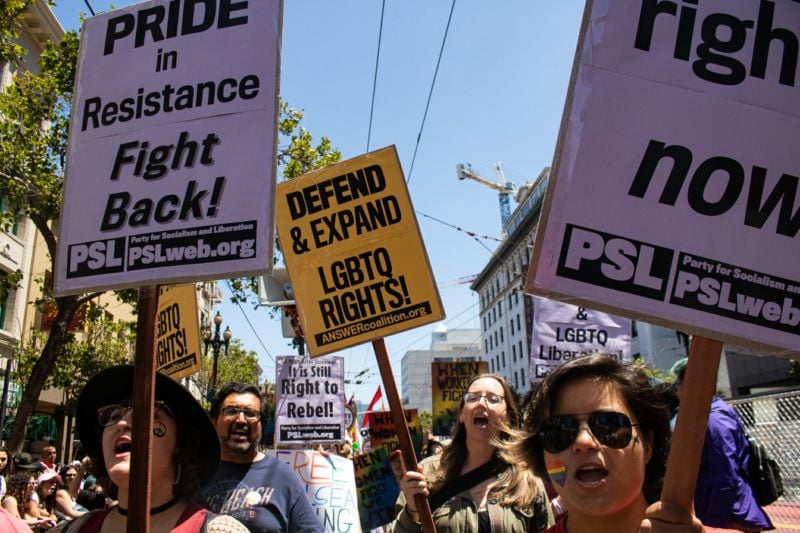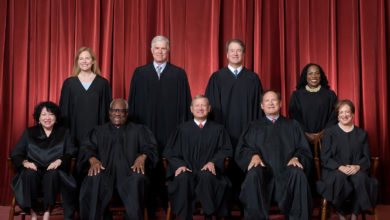Last week, the U.S. Supreme Court shot down the Biden administration’s nationwide vaccination mandate for large businesses by a vote of 6 to 3, effectively nullifying occupational health regulations for over 80 million workers in the United States. The ruling claims that the federal government has overstepped its authority by requiring workers in shared workplaces with 100 or more employees to either receive the Coronavirus vaccine or wear masks and be tested for the virus weekly.
The court did, however, uphold the mandate for healthcare facilities that participate in Medicare and Medicaid programs.
The initial vaccine-or-test mandate came in the fall of 2021 on a relaxed timeline, and was set to go into full effect in February. In that time many businesses issued sweeping vaccination requirements for employees, but some of the largest private employers such as Walmart and Amazon have left their official requirements vague in anticipation of this ruling. Some corporations, like GE for example, immediately dropped their mandates after the ruling. Despite having hundreds of billions of dollars in revenue, these massive companies excused their noncompliance by explaining that the costs of setting up testing facilities for employees — in lieu of requiring vaccination — would be too high.
In reversing one of the key public health measures put forth by the Biden administration, the Supreme Court made clear its belief that the private property rights of large business owners supersede public health. Even worse, the ruling was issued in the midst of the Omicron variant surge, as U.S. infections and deaths continue to surpass every other nation in the world by leaps and bounds.
Yet, opponents of the mandate argue that their position is intended to protect the freedom of workers, but the reality is the opposite. The mandate for large companies was a measure to protect the right of workers to a COVID-safe workplace — or at least as safe as possible. The Supreme Court ruled that the Occupational Safety and Health Administration lacked the constitutional authority to issue the mandate. This potentially deals a lasting blow to worker safety in general by curtailing the power of the main regulatory body concerned with the issue.
The Supreme Court has actually upheld multiple state and other mandates in the past, adding to widespread confusion. This includes vaccination mandates for public employees and university students. Not only are all nine justices fully vaccinated themselves, but they were among the earliest to receive it — some were vaccinated as early as January 2021, while most Americans had to wait until the spring or summer for the shot to become widely available. All members of the unelected, right wing-dominated court seem to be aware of the dire necessity of vaccination, yet are unwilling to step on the toes of major capitalists during a global health crisis.
With a federal government that has effectively surrendered in the fight against this deadly virus, the future of the vaccination drive is further complicated. A shocking 27 states initially filed for it to be overturned. Conflicting state and local regulations have left the nation with a patchwork of confusing rules that provide the population with no consistent protection.
Workers have a right to a COVID-safe workspace. A vaccination mandate alone is not enough to make this a reality, something that would also require the massive expansion of social programs to guarantee a decent standard of living to all while the necessary public health precautions are taken. However, the ruling against the mandate is a major step in the wrong direction, setting a precedent that the power of private capital not be curtailed to save the lives of workers.





